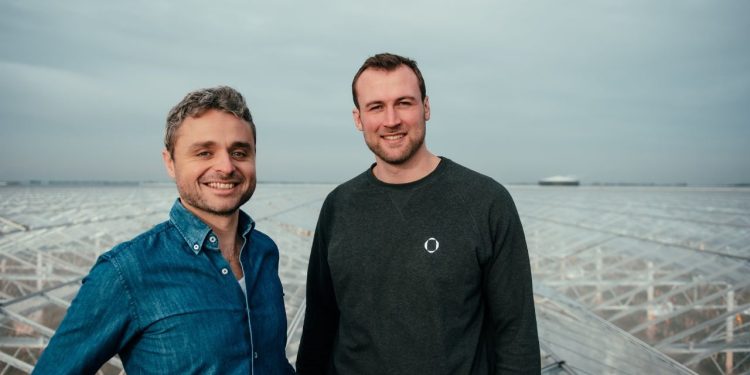Source.ag, an Amsterdam-based company that develops AI to assist greenhouse farm owners, has received $23 million in series A funding, bringing its lifetime total to $35 million. Source.ag’s AI technology is able to simulate cultivation within the land constraints of greenhouse plantations to boost yields per acre and ensure water supplies are used effectively. Its first product, Source Track, launched last year, and two more products, Source Cultivate and Source Control, are set to launch this year. The company focuses on select vegetable crops, including peppers and tomatoes, but expects to add more variants and farming methods soon.
Greenhouses offer a sustainable alternative for food supply chains, given that roughly 70% of freshwater withdrawals go to producing food, while greenhouses expend only 5% of the same water supplies. Additionally, using greenhouses to grow crops is beneficial because sunbeams simmer within the glass interiors, causing photosynthesis to intensify. This increases crop yields and ensures that water supplies are used effectively.
The series A funding was led by agrifood investor Astanor Ventures with additional investments from Acre Venture Partners and multiple Dutch greenhouse operators. Arnout Dijkhuizen, Astanor investment principal, said: “Focusing truly on where tech meets nature, Source.ag has succeeded where many have said it was impossible: cracking standardisation, data gathering and plant phenotyping with AI models that can simulate plant biology and help to optimize photosynthesis.”
The use of artificial intelligence (AI) in agriculture has the potential to address this challenge by increasing crop yields, reducing waste, and improving resource efficiency. According to a recent report from Source.ag, the application of AI in agriculture has the potential to increase global crop yields by 70% by 2050.
One of the main benefits of AI in agriculture is the ability to make more accurate predictions and decisions based on data analysis. With the help of AI, farmers can monitor crop growth and health in real-time, identify potential issues early on, and make data-driven decisions about irrigation, fertilization, and pest control. This leads to higher crop yields, improved quality, and reduced resource waste.
Another benefit of AI in agriculture is the potential for precision farming. By using sensors and drones, farmers can collect data about soil conditions, temperature, humidity, and other environmental factors. This data can be used to create highly detailed maps of the farm, which can be used to make more precise decisions about planting, fertilization, and irrigation. This leads to more efficient use of resources and a reduction in waste.
However, the adoption of AI in agriculture is not without challenges. One of the main barriers is the cost of implementation. Many small-scale farmers may not have the financial resources to invest in the technology, and there may be a lack of infrastructure to support the use of AI in some regions.











